|
We reached out to our festival filmmakers to ask them questions about the experience of making their films.
Answers by Otmar Penker, Director and Director of Photography.
(Answers are provided first in German, then English.) What inspired this story? Bereits seit meiner Kindheit, welche ich in und mit der Natur verbringen durfte, hat mich die Faszination um diese majestätischen Vögel nicht mehr losgelassen. Während meiner Ausbildung zum Kameramann reifte, bei wochenlangen Dreharbeiten an einem Adlerhorst, in mir der Gedanke, über diesen Vogel einen Film zu machen. 2004 hatte ich bereits die erste Idee zu einer Dokumentation, welche im Jahr 2009 gemeinsam mit Gerald Salmina zu einem Kinofilm umgearbeitet wurde. An enormous fascination for eagles, these majestic birds, accompanied and captured me since my childhood, which I spent in and around nature. During my apprenticeship to become a camera operator I spent several weeks filming around an eyrie. It was this experience that made me wish to make a film about these fascinating birds. I developed the first idea to shoot a documentary in 2004, and I realised it together with Gerald Salmina as a cinema film in 2009.
Describe some of the challenges faced while making this film.
Für uns war es eine große Herausforderung den dokumentarischen Naturdreh mit der fiktionalen Handlung zu verbinden, ohne dass der Zuschauer einen Bruch zwischen den beiden Ebenen spürt. Aus diesem Grund musste erst eine Kamerasprache entwickelt werden, welche die Wildtiere zu echten Schauspielern werden ließ. Bei den Wildlifedrehs, welche uns in das unwegsamste Gelände auch bei widrigsten Wetterverhältnissen führten, war es eine große Herausforderung die über 30kg schweren Kamerarucksäcke mit dem Equipment vor Ort zu bringen. Wir mussten uns teilweise über 200 Meter hohe Felswände abseilen um spezielle Kameraeinstellungen zu bekommen. Steinschlag im Sommer und Lawinengefahr im Winter waren unsere ständigen Begleiter. It was a great challenge for us to connect the natural history parts with the fictional storyline; the viewer should not experience any kind of disharmony, but should at the same time be able to connect both levels of the movie. Therefore, we first needed to create a very special visual language to allow these wild animals to be the movie’s true actors. Another challenge was the logistics. During the making of the film we had to cross rough terrains under the most adverse weather conditions in order to get our camera backpacks, which at times weighed more than 30 kilos a piece, and all equipment, on site. To obtain specific shots we had to rope down 200m high cliffs. Falling rocks during summer and continuous avalanche danger in winter were our permanent companions during this time.
What impact do you hope this film will have?
Mit diesem Film möchte ich die Menschen für die Natur und diese majestätischen Vögel begeistern, und einen Beitrag dazu leisten diese Naturwelt nicht nur zu erhalten, sondern sie dafür auch zu sensibilisieren. With this movie I want to raise interest and excitement for nature, and particularly for these majestic birds. It is important for me to contribute to preserving nature by raising people’s awareness for this important subject. Were there any surprising or meaningful experiences you want to share? Der Natur und ihren Herausforderungen kann sich niemand von uns entziehen. Sie ist Ansporn für Leistung und Abenteuer, sie ist Spiegelbild unbewusster Sehnsüchte, sie ist aber auch Projektionsfläche für Ängste und Leidenschaften und nicht zuletzt Lehrmeister für unser eigenes Verhalten. Man kann auf dem Papier viele Geschichten schreiben, aber in der Natur spielt es oft ganz anders. So ist es uns einige Male passiert, dass sich vor der Kamera Szenen abgespielt haben, sowohl bei den fiktionalen als auch bei den Wildlife-Dreharbeiten, mit denen wir niemals gerechnet hätten. So passierte es einige Male, dass die Tiere ihre Geschichten selber schrieben. We all have to face nature and its challenges. Nature is an enormous incentive for delivering great performances and experiencing thrilling adventures. It is a mirror of our very own unconscious longings and desires; but we also project our fears and passions onto it. We can’t live without nature. You can try to develop your own storyline, your set-in-stone scripts – but nature has it’s own way of storytelling. While filming fictional and wildlife scenes it was not once that we encountered events and saw scenes simply playing out through our camera lenses, not following any script, but multiple times. At times, the animals did their own storytelling – and we followed them meticulously. Their lives and their behaviour – we can study them as much as we can and want, and they still never stop surprising us.
Did the film team use any unusual techniques or unique imaging technology?
Grundsätzlich haben wir mit einer 2K Technologie gearbeitet, aber eine neue Art der Aufnahme wurde mit der sogenannten „EagleCam“ umgesetzt. Hierbei handelt es sich um eine Entwicklung des Fraunhofer Institutes in Erlangen, zusammen mit dem Falkner Paul Klima vom Falkenhof Lenggries und Fritz Sammer. Die Steinadler bekamen einen Rucksack angepasst, der nahezu unsichtbar im Federkleid befestigt und auf dem diese Eagle Cam angebracht war. Diese Flugaufnahmen der Adler ließen eine völlig neue Perspektive und Nähe zum Bild zu. Weiteres arbeiteten wir auch mit ferngesteuerten Kameras am Adlerhorst. Ein selbst entwickelter Remote Head wurde dafür eingesetzt, welchen man mit einem 2,5-MHz-System auf eine Entfernung von zwei Kilometern betreiben konnte. Die Kamera selbst SI2K wurde über ein WLAN System gesteuert. Versorgt wurde das Rig mit einer Brennstoffzelle, wodurch annähernd vierzehn Tage lang Strom zur Verfügung stand. So wurde ein Teil der Nestaufnahmen z.B. An- und Abflüge, umgesetzt. Viele der bewegten Aufnahmen von „unseren Vögeln“ konnten wir auch mit einem 9 Meter Pixy Kamerakran umsetzen. Auch hier war der Transport des rund 400 kg schweren Kranes ins unwegsame Gelände eine Herausforderung. Ein Großteil der Flugaufnahmen wurde mit einem Cineflex System umgesetzt. Für kleinräumige Flüge verwendeten wir auch einen Oktokopter mit einer Red Epic. Most of our work was done with 2K technologies, but we did use a new technique with the so-called “eagle-cam“. This camera was developed by the “Fraunhofer Institutes“ in Erlangen who worked on it together with falconer Paul Klima and the falconry Lenggries and Fritz Sammer. The golden eagles were equipped with eagle cams that were attached to adjusted backpacks, almost invisible between their feathers. The resulting aerial shots allowed us to experience an entirely new, different and, most of all, stunning perspective. We had some remote-controlled cameras at the eyrie. We used a self-developed remote head, which was operated with a 2,5 MHz system from a distance of two kilometres. A fuel cell provided the rig with energy whereby electricity for almost fourteen days was provided. This is how me managed to film many of the birds’ landings and take offs without disturbing them in the privacy of their nest. A 9-meter high Pixy camera crane helped us capture many scenes of our birds. Getting this 400-kilo crane from A to B was a huge challenge on the rough Alpine terrain. The majority of aerial shots was achieved by using a Cineflex system. For shorter distances we worked with a drone that carried a Red Epic.
9 Comments
We reached out to our festival filmmakers to ask them questions about the experience of making their films.
What inspired this story?
Martin Dohrn, Filmmaker: Steve Burns (from CuriosityStream) wanted me to try and make a short film that allowed us to see the world from a different perspective - in this case with the special lenses and cameras we have developed in the past at Ammonite. Since Steve also made clear there was only a small budget available, we decided my back garden was the only place we could afford to make the film.
Describe some of the challenges faced while making this film.
MD: Initially, I was worried that we would struggle to find enough dramatic behaviour in my small 10x30 metre city garden, in a short space of time. My fears were unfounded and the miniature garden wildlife performed brilliantly. How do you approach storytelling? MD: Films about insects and small invertebrates are few and far between, so it was no problem to find fresh material. The basic premise was that if you look closely at the world of small creatures, a small 10x30 metre garden can become a huge nature reserve full of lurking predators and spectacular unstudied life forms. Linking the different subjects relating to scale and specific lenses or cameras was a simple process.
What impact do you hope this film will have?
MD: I hope it will inspire people to investigate and value even the smallest piece of land in the most unlikely places. Were there any surprising or meaningful experiences you want to share? MD: Even though I know the garden well, I was surprised how easy it was to record images I had never seen before, and behaviour that probably hasn't been described before.
Anything else you would like people to know?
MD: The world is bigger than you think. What next? MD: We are making a series about the seven living big cats, their prehistory, their history, their present and future, for CuriosityStream. We are also making a film about a giant ant supercolony with David Attenborough for BBC and Terra Mater.
We reached out to our festival filmmakers to ask them questions about the experience of making their films.
What inspired this story?
Africa has some of the most spectacular wildlife and wild places on earth and we’ve all worked there, experienced this and been inspired ourselves. Producing in 3D for giant screens gives us the wonderful opportunity to immerse audiences in these amazing natural worlds, experiencing the wild in a way that is as close as possible to actually being there, and hopefully inspiring many others as we have been inspired ourselves.
Describe some of the challenges faced while making this film.
This is probably the most ambitious nature film ever shot in 3D for the giant screen, because of the great variety of camera techniques we had to employ to shoot all the various scenes in the wild, from macro to long lens, to underwater to time-lapse and slow motion. Almost every one needed us to develop and then operate a new 3D rig to capture the images, in some extreme conditions. It was a huge team effort. How do you approach storytelling? As our aim was to immerse audiences in the wild, we needed a simple storytelling structure that gently guided audiences and did not get in the way of the emotional and visual experience. A journey from frozen mountain tops to sea, following water, was a very natural one, and one that also enabled us to educate audiences about how critical water is in all its forms to life on earth. The journey following water also allowed us to give the audience some thrilling moments of travel too, that play to the strength of the giant screen in 3D eg. tumbling over Victoria Falls.
What impact do you hope this film will have?
This film will be seen by large numbers of children, in both school groups and families, in theatres all around the world. As the experience is such a visceral and immersive one in these theatres, the closest you can get to being in the wild, we hope this film will spark a real connection with nature in kids, that will be carried beyond the theatre. For educators who want to build on this experience we also provide extensive educational materials.
Anything else you would like people to know?
What is very pleasing is to see how audiences in many different continents and cultures are enjoying this film. As a theatrical experience, it is currently being successfully shown in North America, Mexico, Europe, Saudi Arabia, China and Japan. It is truly a wildlife experience that works across cultures.
By Abbey Greene
Have you ever wondered which of the BIG CATS you were most like?
Take the quiz below to find out! And don't forget: We're accepting entries into our International BIG CATS Film Festival until the end of 2017! Get involved.
We reached out to our festival filmmakers to ask them questions about the experience of making their films.
What inspired this story?
Director and Producer Robert Nixon: Three years ago, shortly after my oldest child started college, he asked if I would take some of his class mates out to dinner. Bobby added there was a purpose - these were ocean lovers and wanted to share some ideas that might support the work of Sylvia Earle, Barbara Block and the other biologists I had been documenting. Of course, I was thrilled to oblige and I treasured every moment as these impressive scholar athletes shared their connection to the ocean... one grew up chasing bluefish, the other on sailboats and diving on Caribbean reefs. Over dessert, having passed on their fundraising and tech ideas, these nineteen-year-olds started reminiscing among themselves about how lucky they were to have experienced a vibrant, fish-filled ocean "when I was young." If one just heard their voices you would have pictured crusty old timers talking about a world a half century ago. It was heartbreaking but gave me the resolve to show the world the ocean through teenage eyes. My hope was that understanding the inheritance we are leaving the 'now generation,' we might just reach a few of those who find it hard to accept our impact on nature.
Describe some of the challenges faced while making this film.
RN: Mission Blue took so long to finish – four years – that my three children had the extraordinary opportunity to grow up with Sylvia Earle. Thus Sea of Hope was literally a home grown continuum of Sylvia's quest to show the world the natural wonders of the ocean, the reality that it is dying and what we can do to turn that around. So the challenge of Sea of Hope was racing the clock. Although our invitation for President Obama to join our expedition had been warmly received in 2015 it took a year (June 2016) to get a green light from the National Geographic Channel. So with the clock ticking on the final seven months of the Obama Presidency, we had no margin for weather delays or waiting for wildlife to make it to air before Inauguration Day 2017. We set a blistering pace to get it shot, cut and on the air within six months. We were just blessed. We would appear and the seas would be calm and like magic dolphins, whales and even the President of the United States appeared just as we had imagined. It felt like we were being paid back for a lifetime of extreme weather, busted boats, cameras and foiled plans. How do you approach storytelling? RN: My life's mission has been to use film and storytelling to bring attention and support to environmental heroes fighting lonely battles in the Earth's far corners. I'm really a biographer and have been using the same formula of two camera sync sound shooting even – or especially – in the most extreme action. We are always reaching to develop, experiment with and deploy the newest camera technology but the bottom line is always what I learned at the Roone Arledge school of storytelling: Get up close and personal. The trick is getting my gifted crew and gear into those critical habitats or situations. Once "in country" a crucial element is not just the team's technical expertise. Each crew member's commitment, love of nature – and good humor – almost always helps our subject, whether scientist or indigenous hunter to share their world with us. So in a way I am as much expedition leader as director. Because my crew is so essential I am generally the camp cook and no matter how long the trek I always carry the tripod.
What impact do you hope this film will have?
RN: Way back in 2010 our little company – True Blue Films – felt the ocean crisis was not well understood and began to tell the stories of ocean heroes and set out to partner with the major media outlets to bring those stories to the wildest possible global audience. So our release of five ocean films in four years was a strategy. Mission Blue on Netflix, Great White Highway and Blue Serengeti on Discovery's Shark Week and American Heroes and Sea of Hope on the National Geographic Channel have seen heartening global response. We will soon be formally announcing the formation of the Aspen Institute High Seas initiative with the goal building on the momentum of the ocean conservation movement and these films to bring marine protection to the High Seas.
Were there any surprising or meaningful experiences you want to share?
RN: Every day we encountered some amazing natural phenomena but most meaningful was spending time with the our remarkable aquanauts – the teenage conservationists who jumped at the chance to dive in with Sylvia. Born after the internet the 'now generation' are a very different bunch. Although they certainly know how to have fun I found them practical, deadly serious, hard-working and laser focused on the future. Spending the year on and under the water with them gave me hope that they may just repair the busted up life support system we are gifting to them. |
Archives
March 2024
Categories
All
|
Contact UsJackson Wild
240 S. Glenwood, Suite 102 PO Box 3940 Jackson, WY 83001 307-200-3286 info@jacksonwild.org |

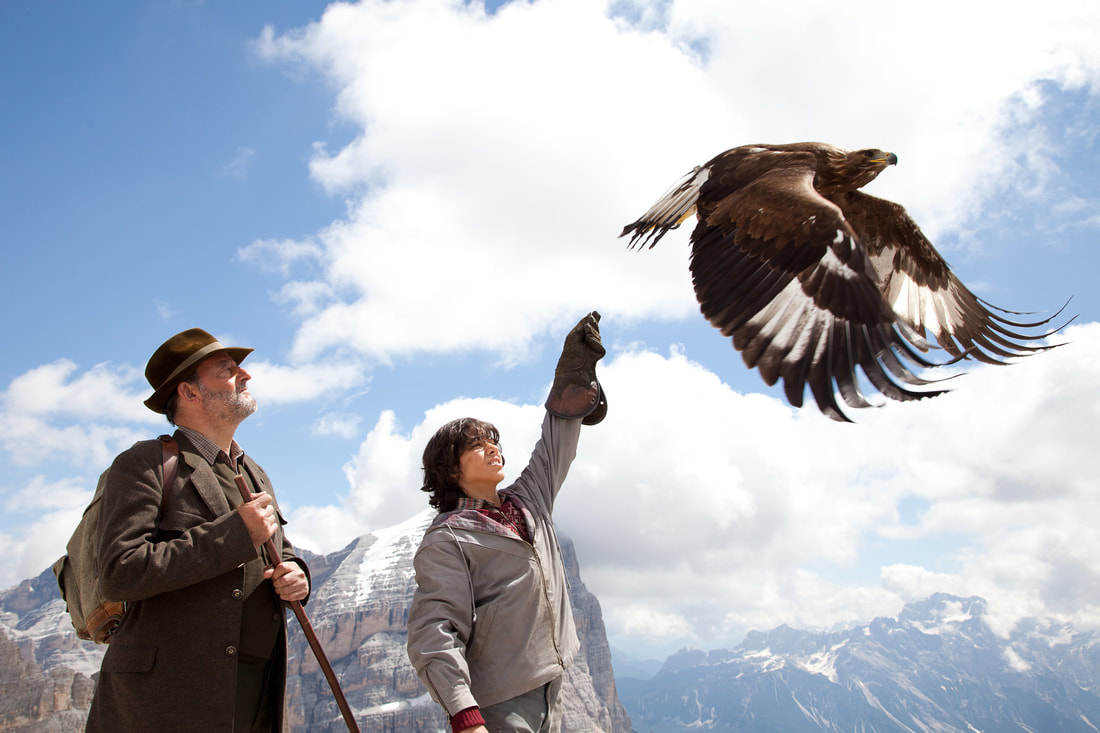
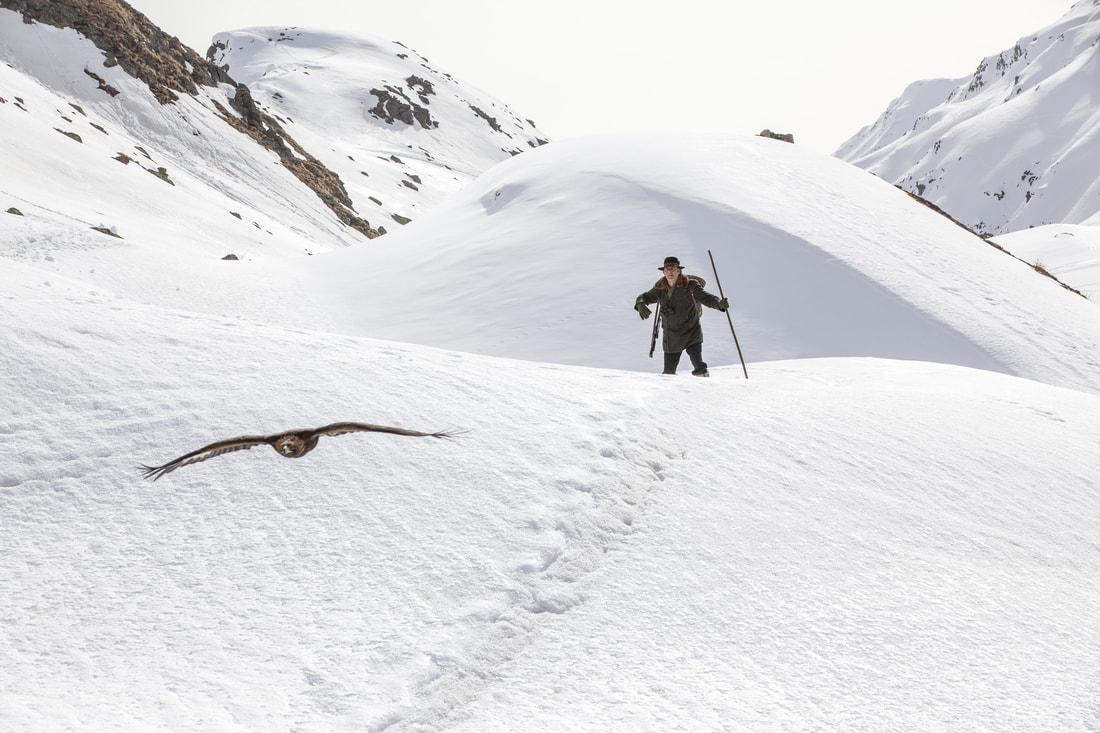
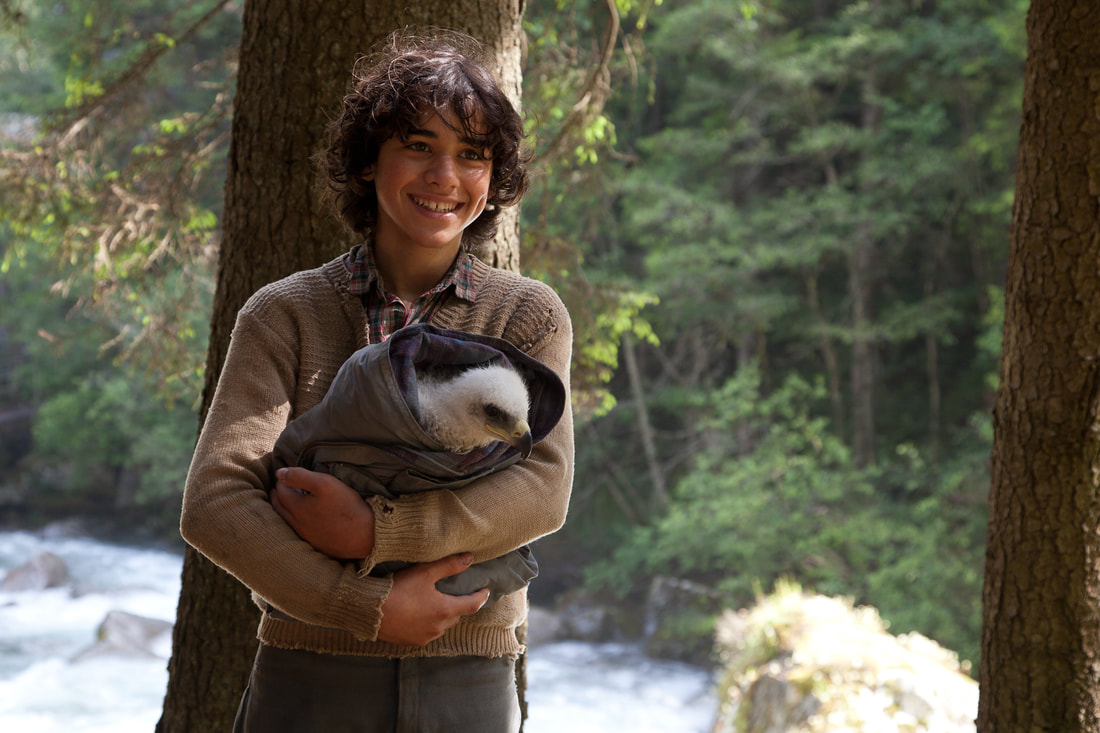
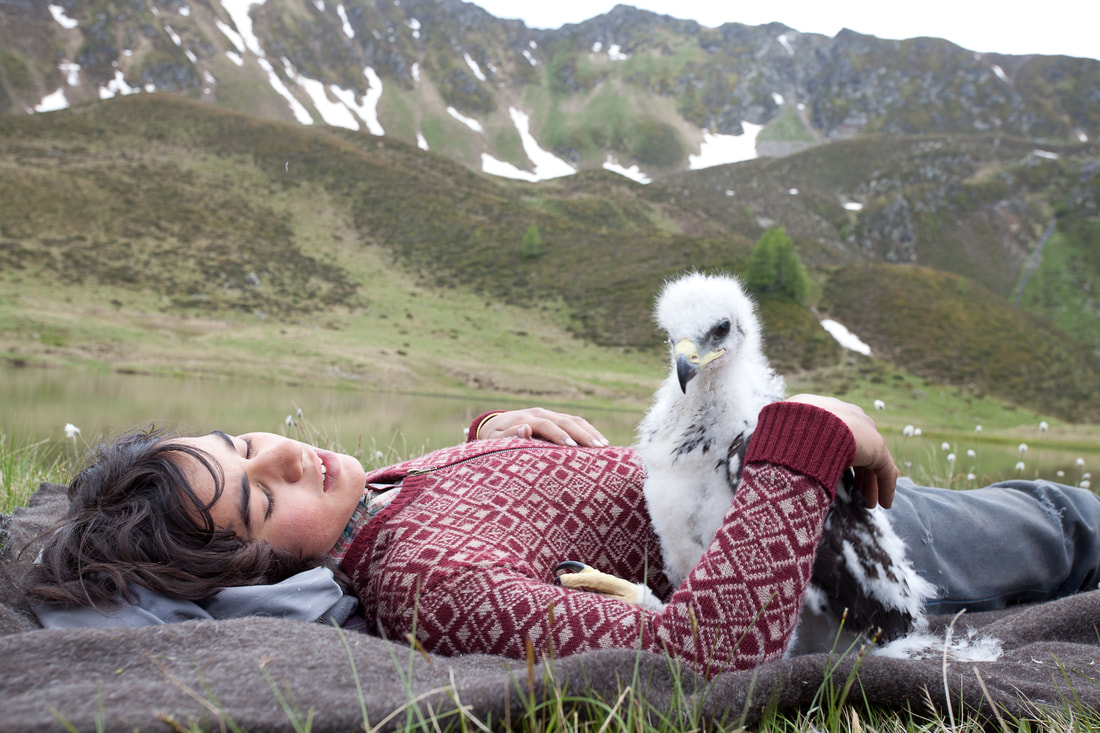
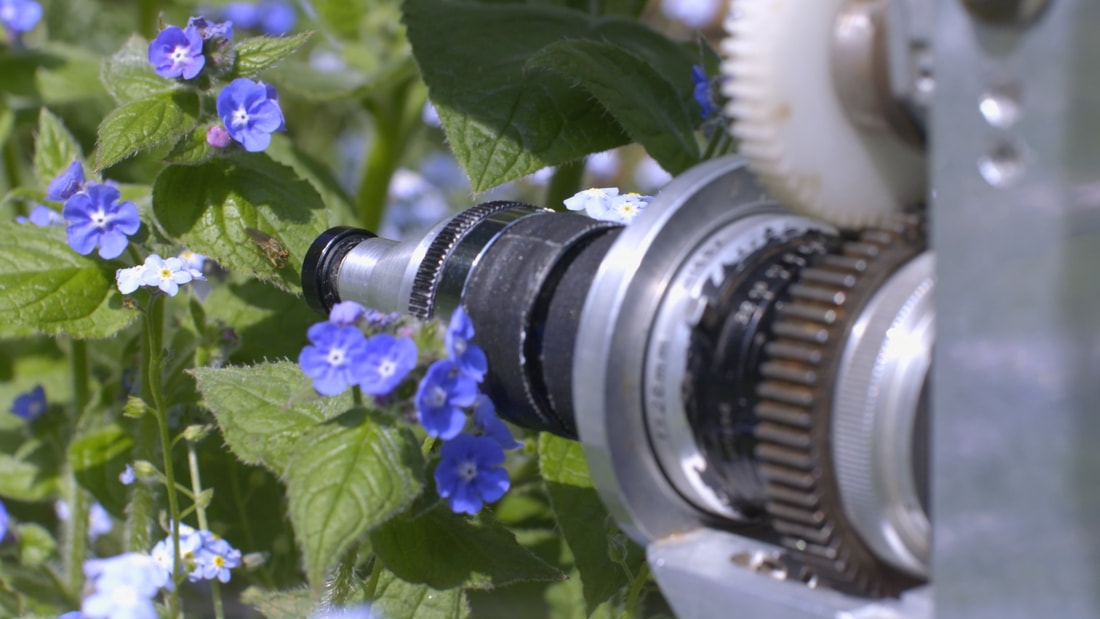
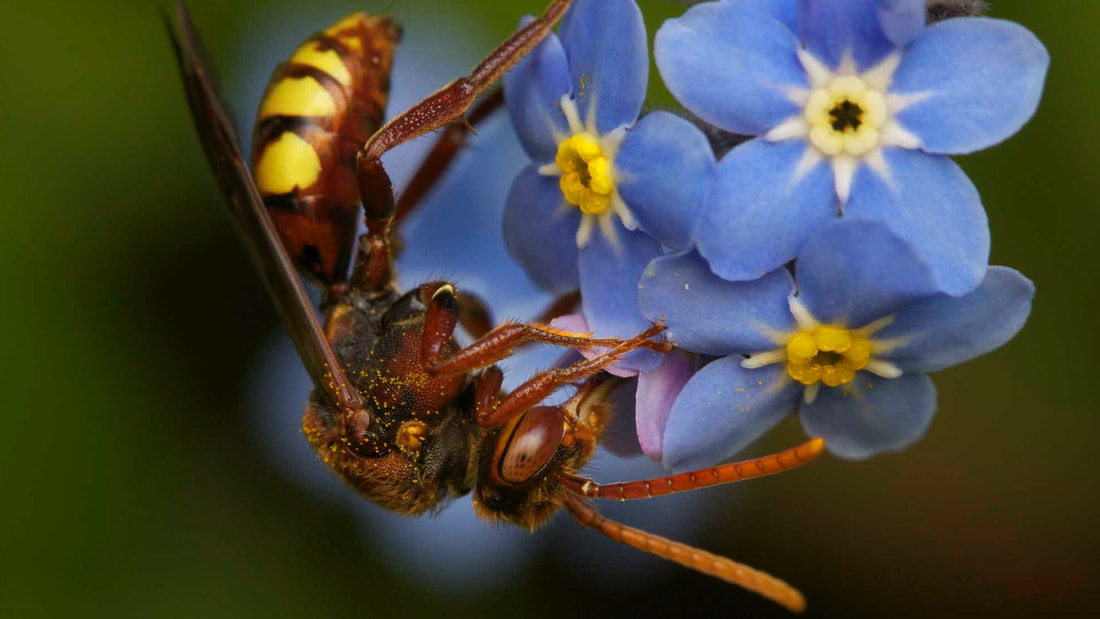
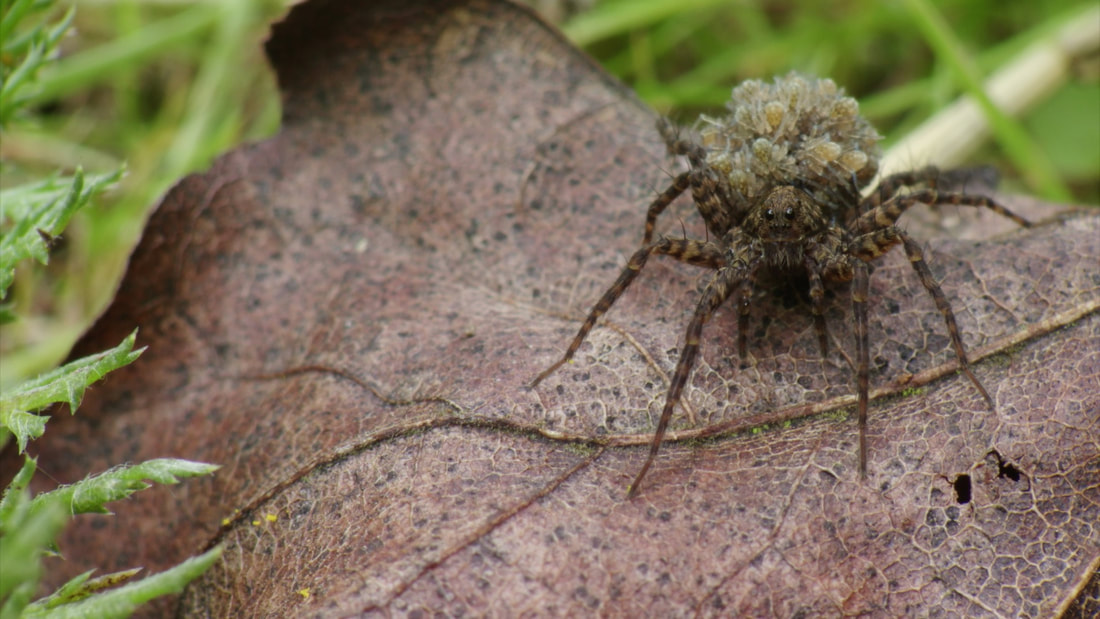
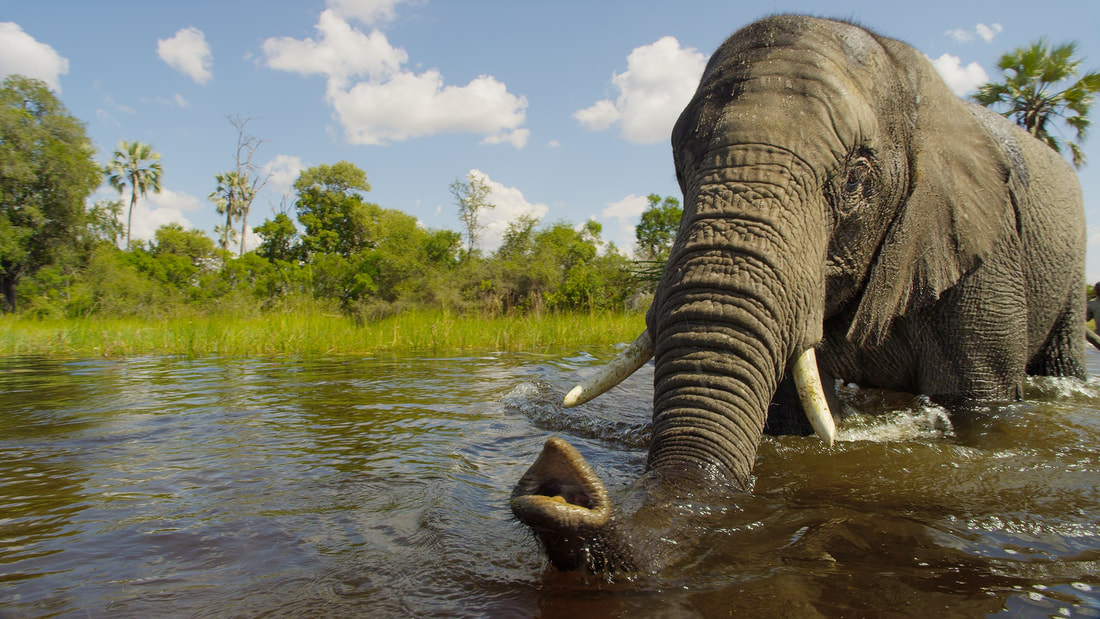
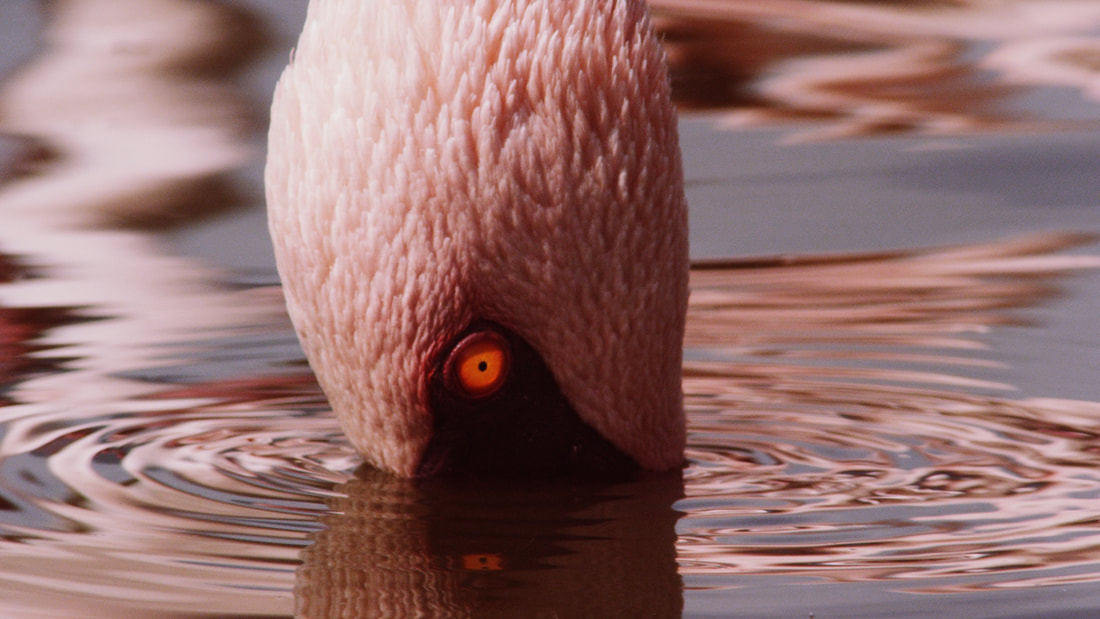
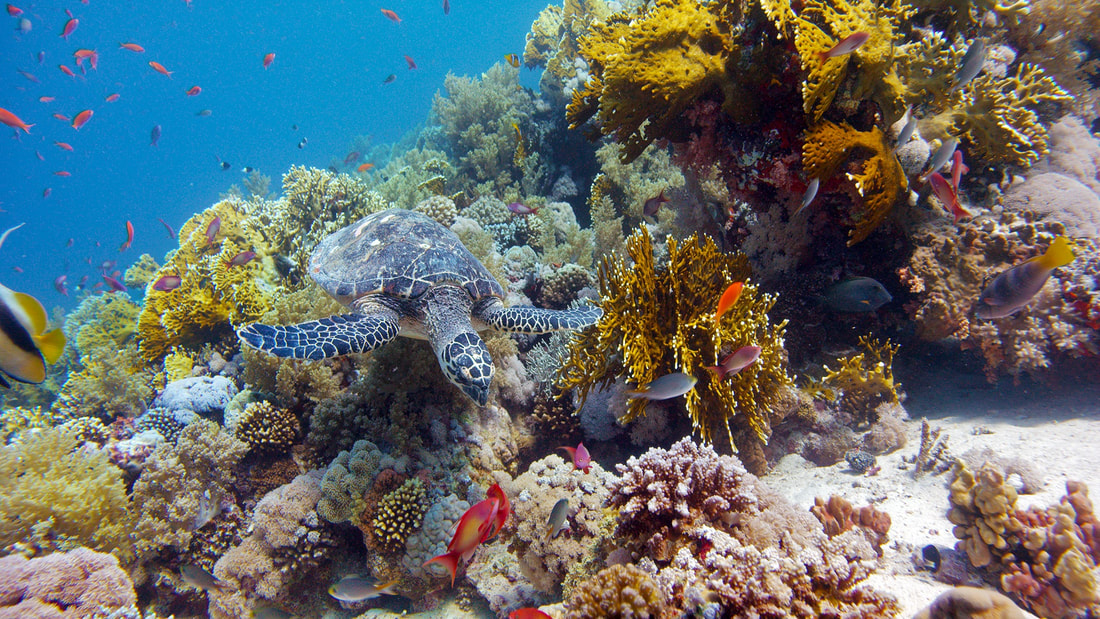
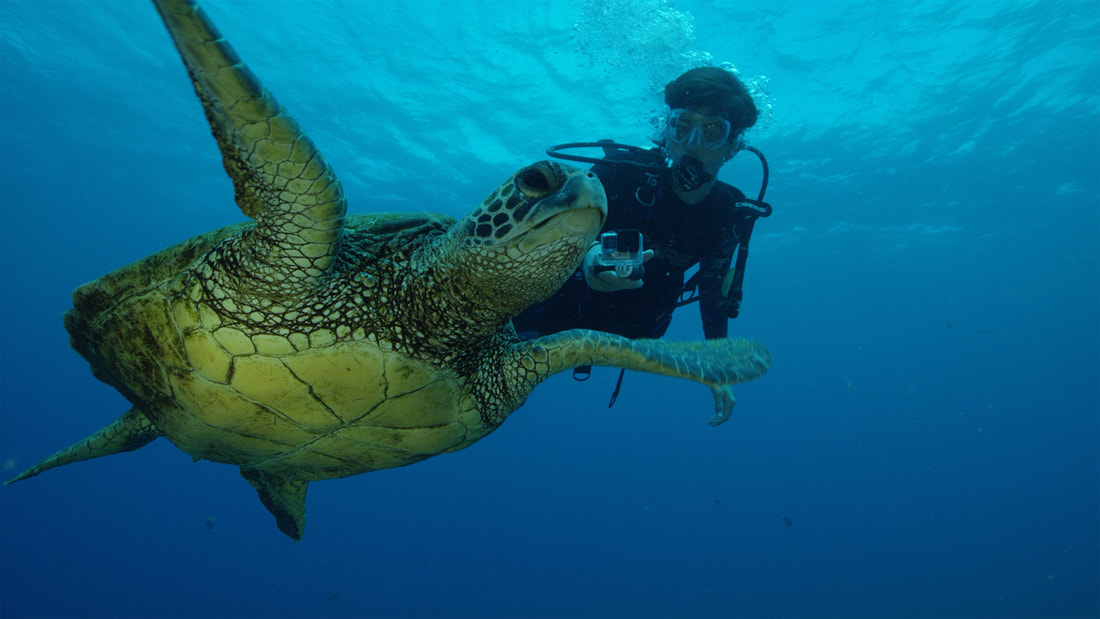
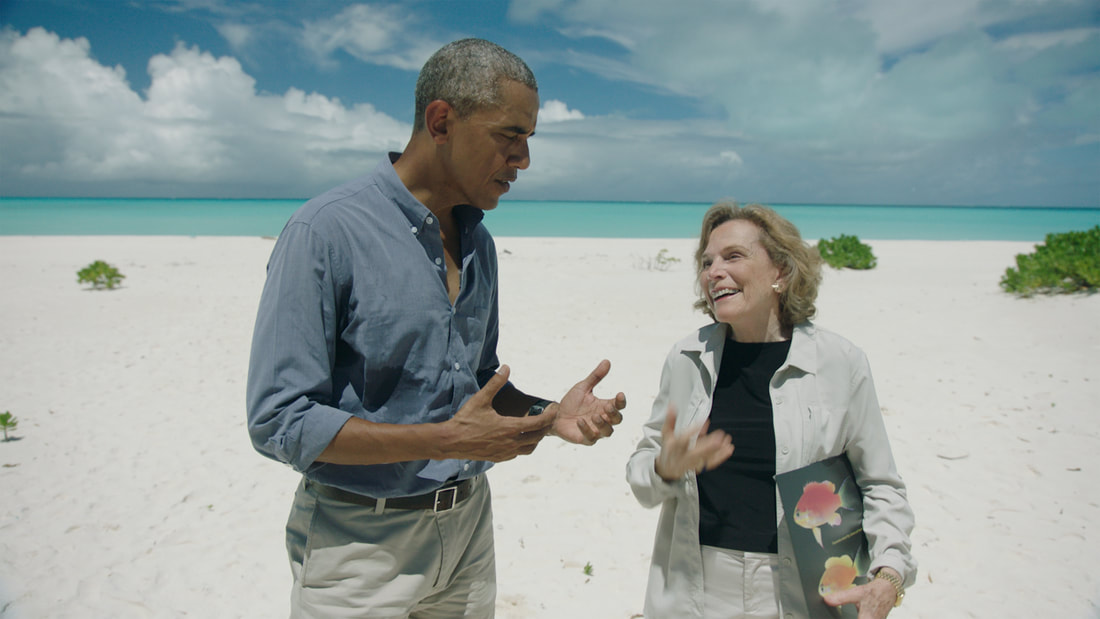
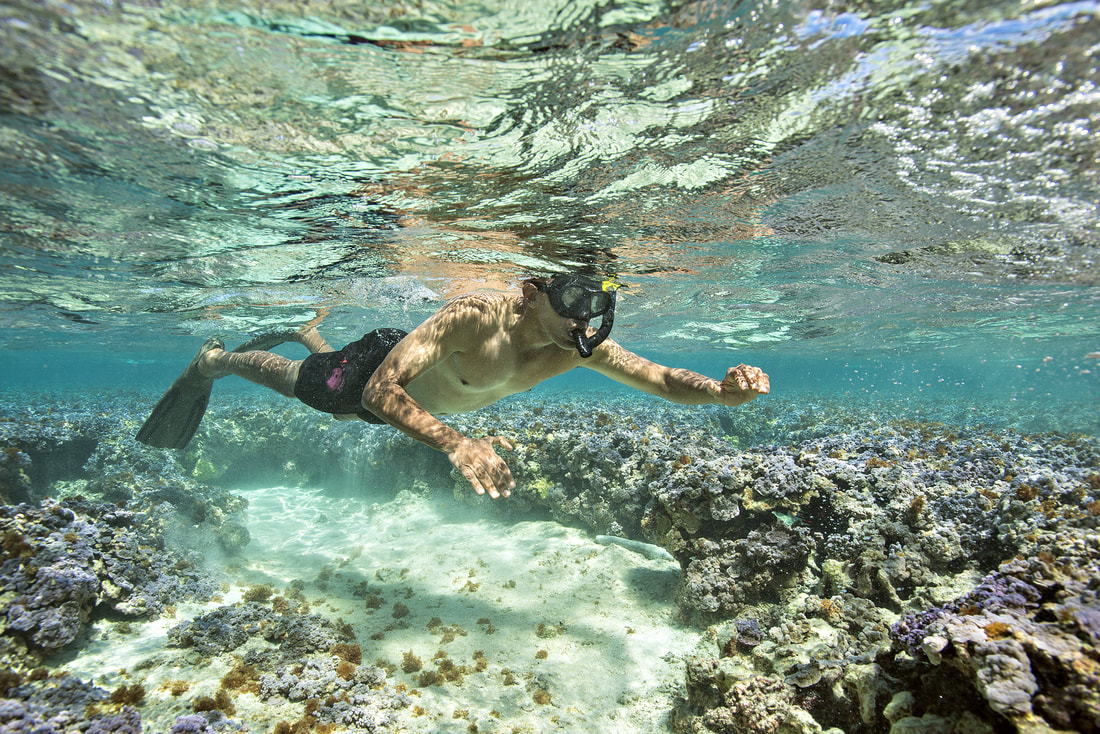
 RSS Feed
RSS Feed